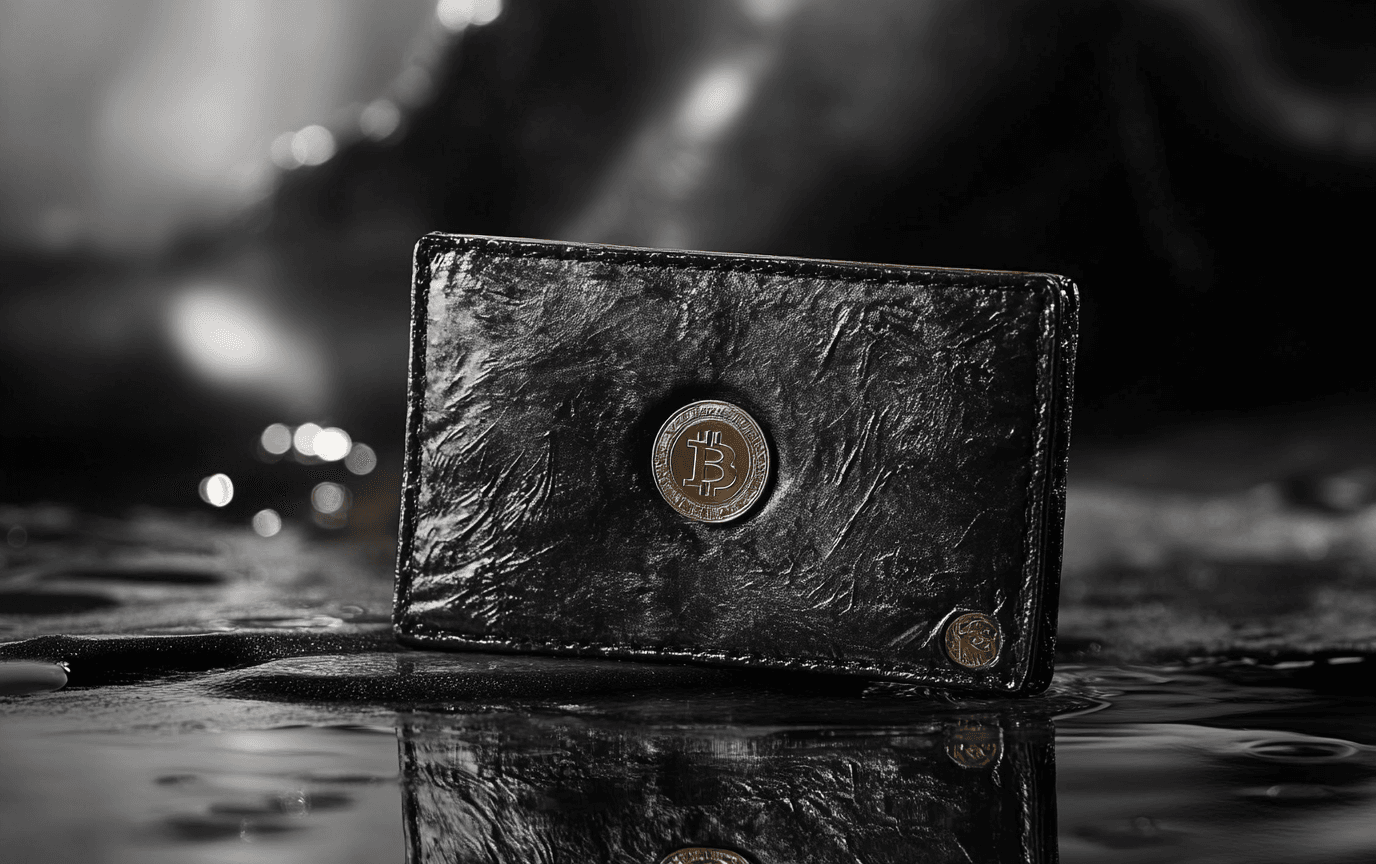Understanding Hot and Cold Crypto Wallets
The world of cryptocurrency is not just a trend—it’s a transformative force in finance, technology, and even the way we think about value. With this rapid evolution, everyone’s buzzing about wallets, but not the physical kind you may have in your pocket. Instead, we’re talking about digital wallets, specifically hot and cold wallets. These wallets play an essential role in secure and efficient cryptocurrency transactions, especially with the growing importance of safe storage as crypto adoption surges. In this guide, we’ll dive deep into the differences between hot wallets and cold wallets, examine their advantages and disadvantages, and help you make an informed choice that suits your cryptocurrency needs.
What are Hot Wallets?
Let’s kick things off with hot wallets. These are software-based wallets that are always connected to the internet, making them super accessible for those who are actively trading or using their cryptocurrencies. Think of hot wallets like an online banking app that you can check at any time, anywhere—just way cooler because you’re dealing with digital assets rather than just traditional cash.
Hot wallets come in various formats, including mobile apps, desktop software, and even browser extensions. Some of the popular examples include MetaMask, Trust Wallet, and Coinbase Wallet. They often link directly to cryptocurrency exchanges and decentralized applications (dApps), making transactions as easy as a few taps on your phone.
Features of Hot Wallets:
– Easy Access: You can manage your cryptocurrencies from any internet-connected device, giving you the freedom to trade or send funds on the go.
– Transaction Speed: Hot wallets enable swift transactions due to their constant online presence, which is perfect for those who need to make quick trades. As they say, timing is everything in crypto!
– Integration: Many hot wallets integrate seamlessly with exchanges, letting you buy, sell, and trade cryptocurrencies without any hassle.
Disadvantages of Hot Wallets:
– Security Risks: Being constantly online, hot wallets are magnets for cyber attacks and hackers. If you’re not careful, you could lose funds in a flash.
– Limited Security Measures: While they may have some security features, hot wallets generally can’t compete with offline storage methods[2][8].
What are Cold Wallets?
Now that we’ve got hot wallets covered, let’s explore cold wallets. These can be thought of as the vaults where you store your cryptocurrencies for the long haul. Cold wallets are not connected to the internet and typically come as hardware devices or paper wallets. Their primary strength lies in their ability to store private keys offline, making them immune to online threats like hacking and malware attacks.
Cold wallets are ideal for those looking to secure larger amounts of cryptocurrency over an extended period. Imagine a solid bank safe for your precious coins, where you want to keep them secure from any prying eyes.
Features of Cold Wallets:
– High Security: With cold wallets, your assets are safeguarded from online threats, providing peace of mind for long-term holders.
– Durable Storage: These wallets are perfect for storing significant amounts of cryptocurrency, perfect for those who want to HODL—holding on for dear life to their investments.
– Examples: Some well-known cold wallets include Ledger Nano X and Trezor Model T, both of which have gained a solid reputation in the crypto community.
Disadvantages of Cold Wallets:
– Convenience: While cold wallets are secure, transferring cryptocurrencies requires a few extra steps—like connecting the wallet to an internet device—which might not be ideal for those wanting to make quick trades.
– Cost: Investing in a hardware wallet can incur a one-time expense, which some might view as a drawback if they’re starting out small[3][7].
Choosing Between Hot and Cold Wallets
So, how do you decide between a hot wallet and a cold wallet? It ultimately boils down to your usage and security priorities:
- For Frequent Transactions: If you’re someone who loves to trade or needs quick access to your cryptocurrencies, a hot wallet is the way to go. Think of it as your go-to wallet for everyday purchases and transactions that require speed and ease.
- For Long-Term Storage: If security is your top concern and you’re holding a substantial amount of cryptocurrency, cold wallets provide unparalleled protection. This option is for the patient investor who understands that good things come to those who wait.
Interestingly, many seasoned crypto investors adopt a strategy that combines both types of wallets. Store a small portion in a hot wallet for transactions and keep the bulk of your assets in a cold wallet for safe, long-term storage. It’s like having your cake and eating it too!
Conclusion
Understanding the differences between hot and cold wallets is crucial for navigating the complex world of cryptocurrency safely and effectively. Whether convenience or security is your priority, both types of wallets can be invaluable tools in your crypto journey. By integrating both into your strategy, you can maximize both accessibility and protection, ensuring that your digital assets are secure no matter how you choose to use them.
The world of crypto wallets isn’t just about storing your coins—it’s about leveraging tools that enhance your experience while navigating this dynamic space. In light of everything we’ve discussed, I invite you to explore more about these fascinating tools on Exchanger.com, where you can dive into different categories such as Crypto 101, Exchange Reviews, Crypto News, and Tools and Wallets. Happy investing, friends!












